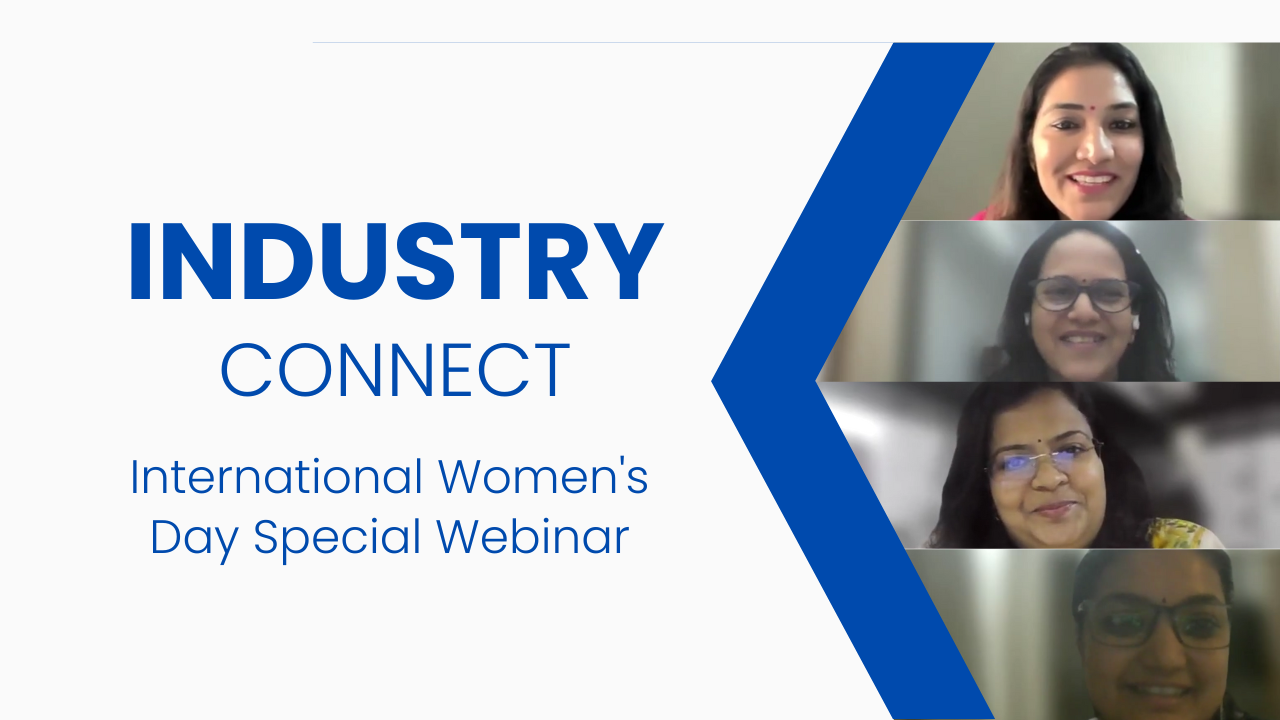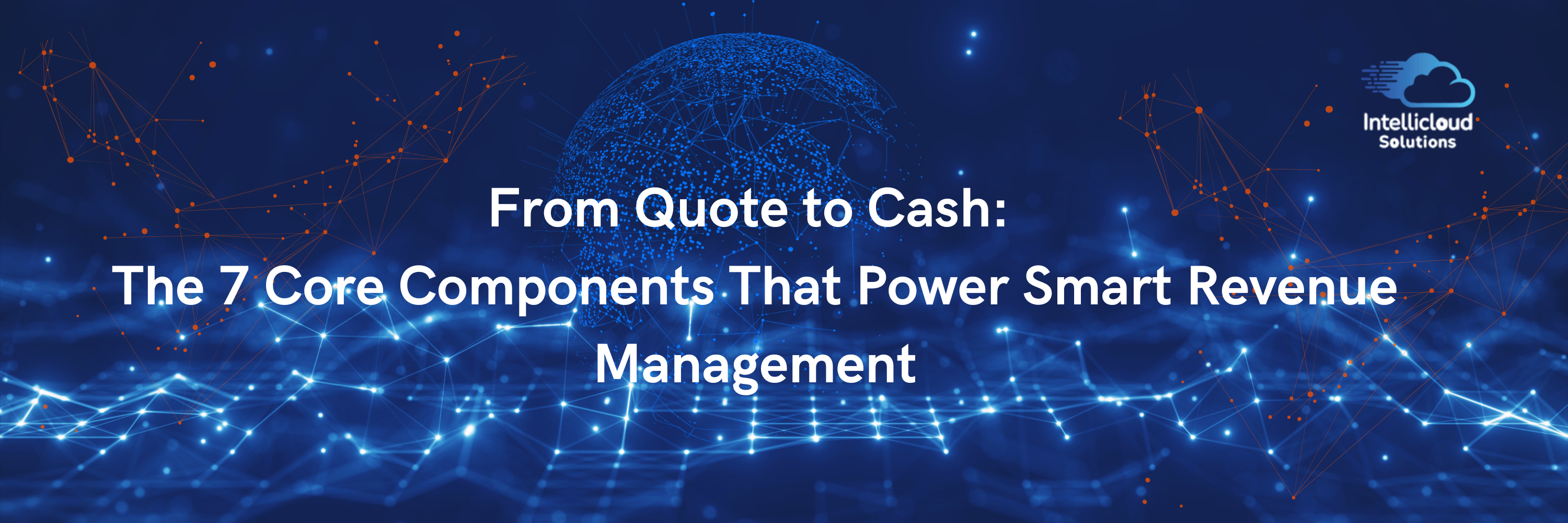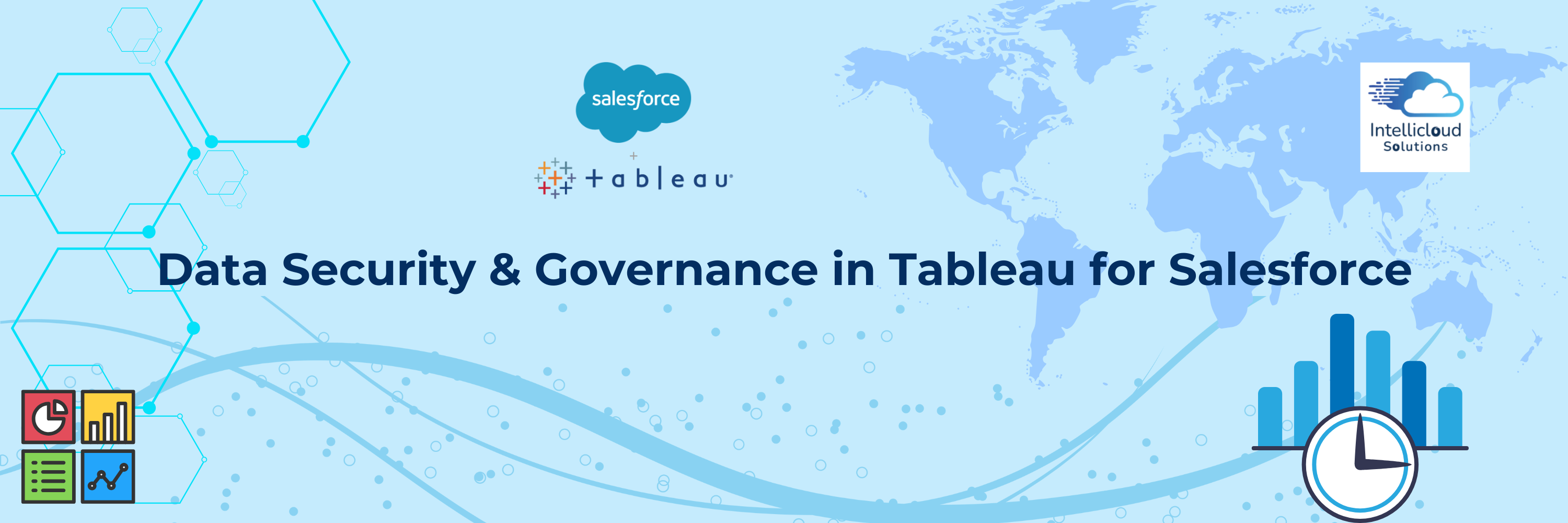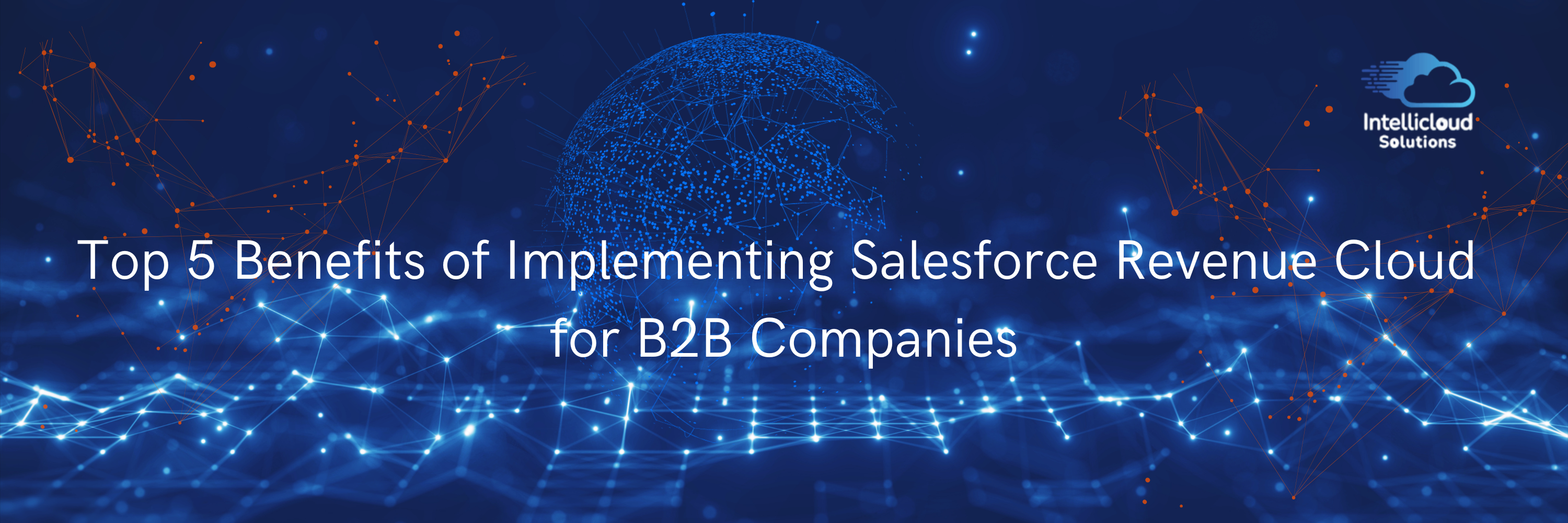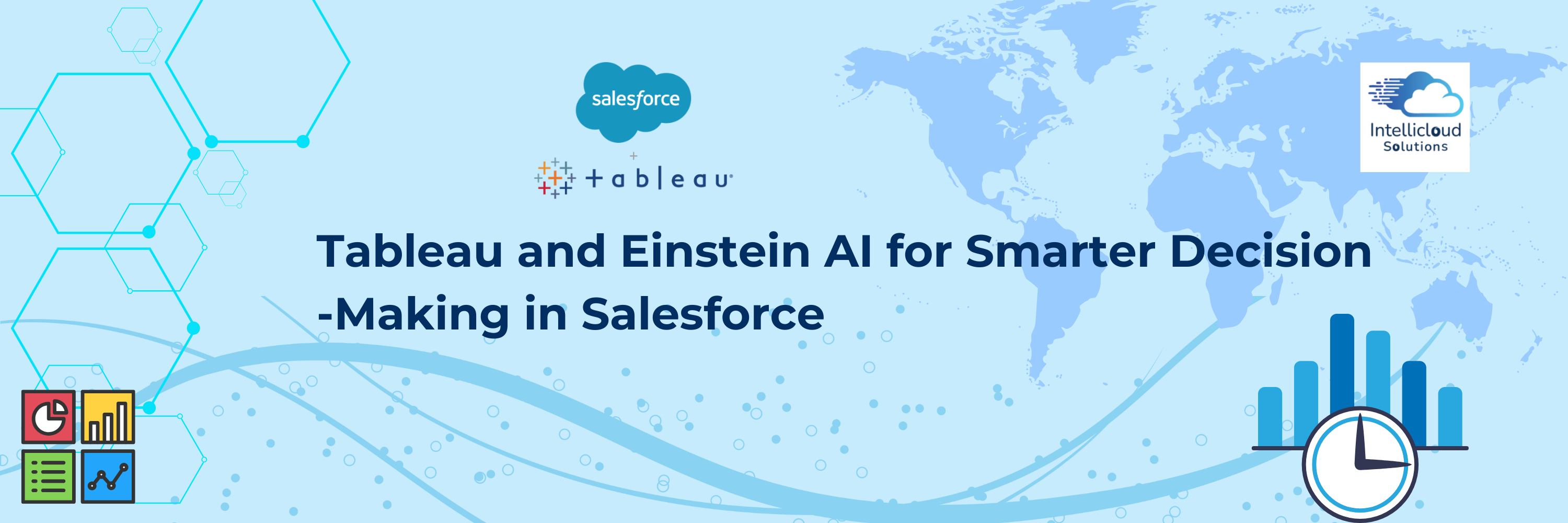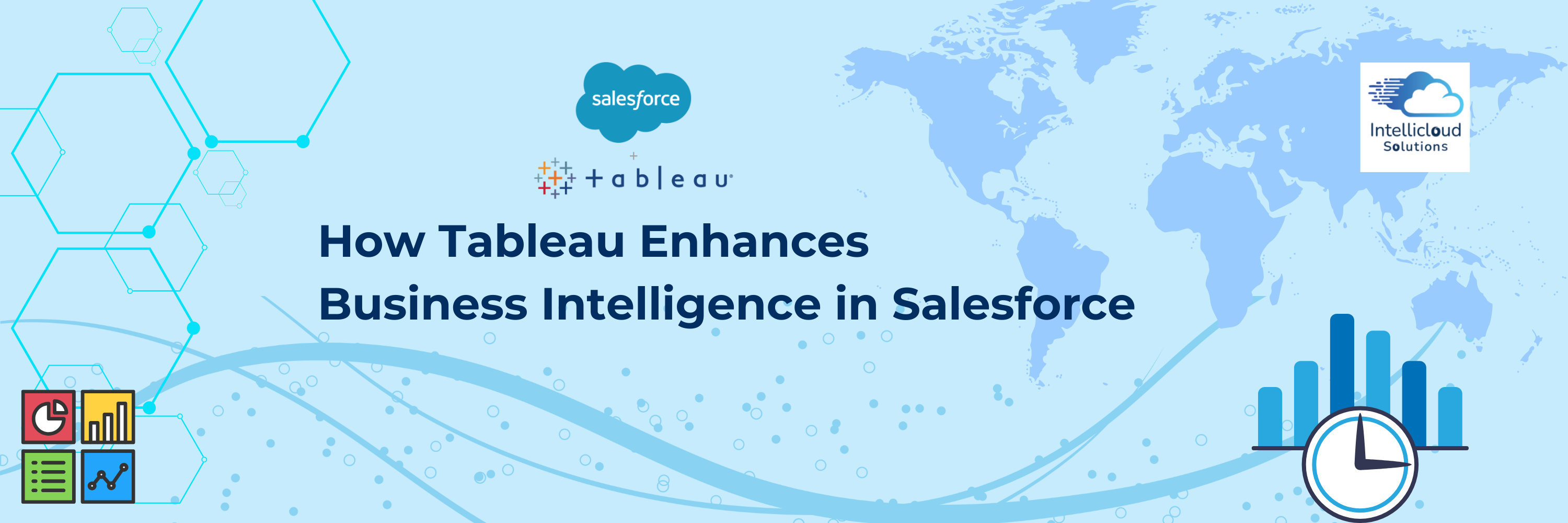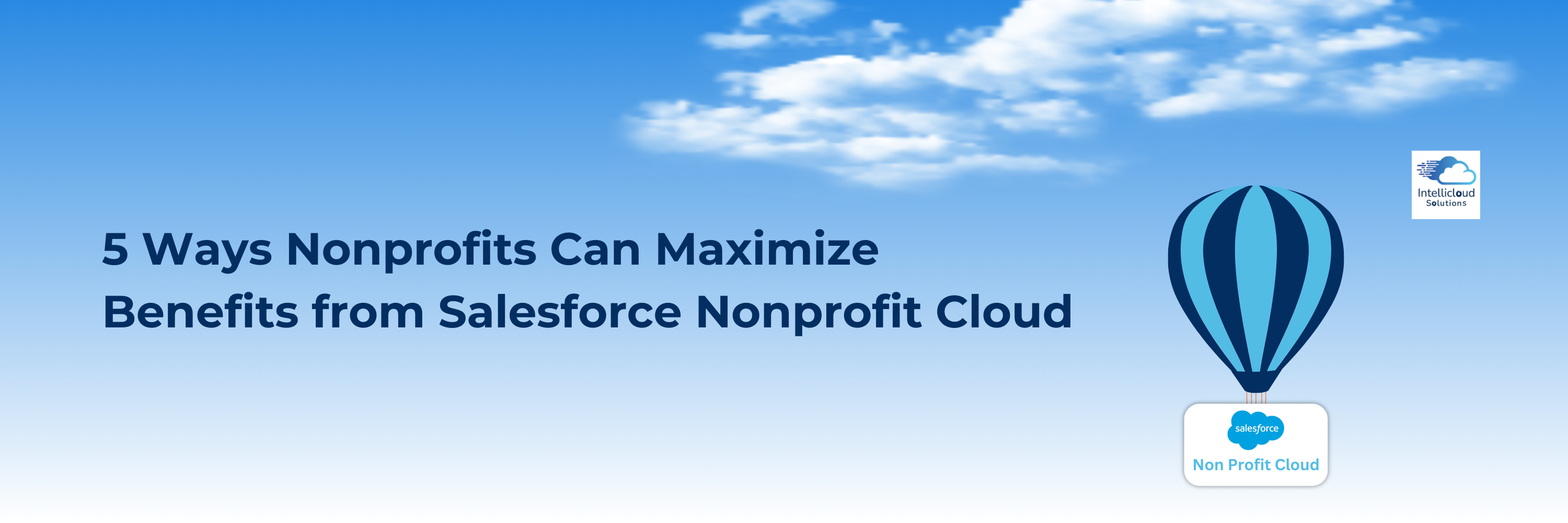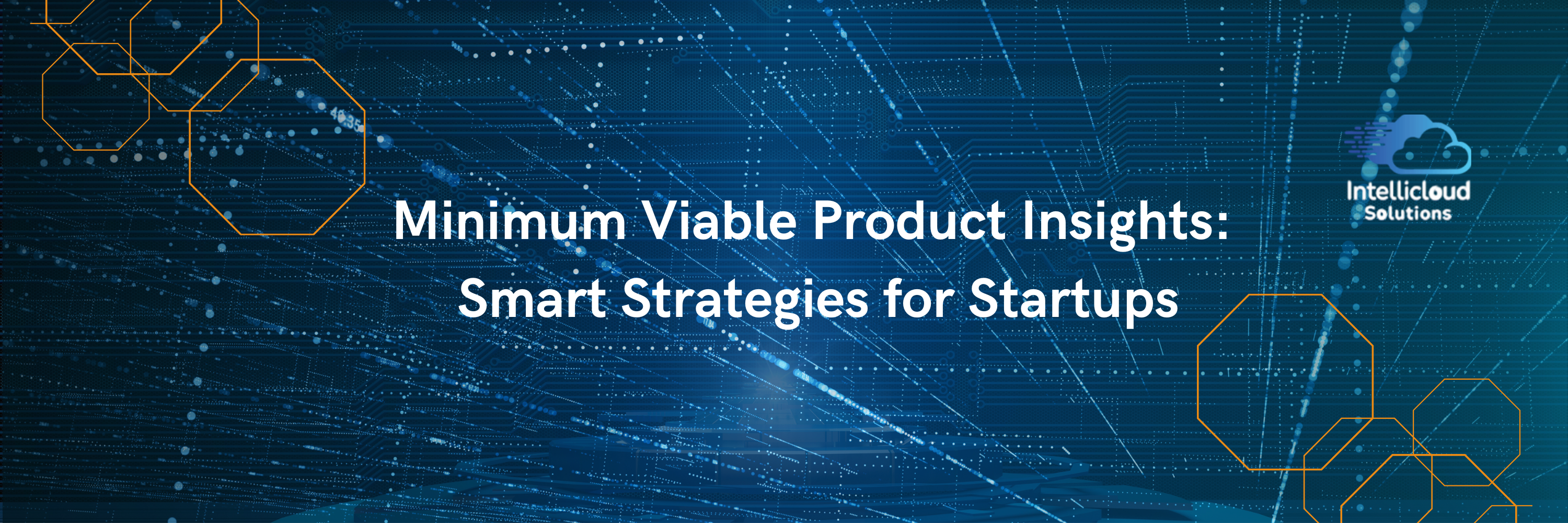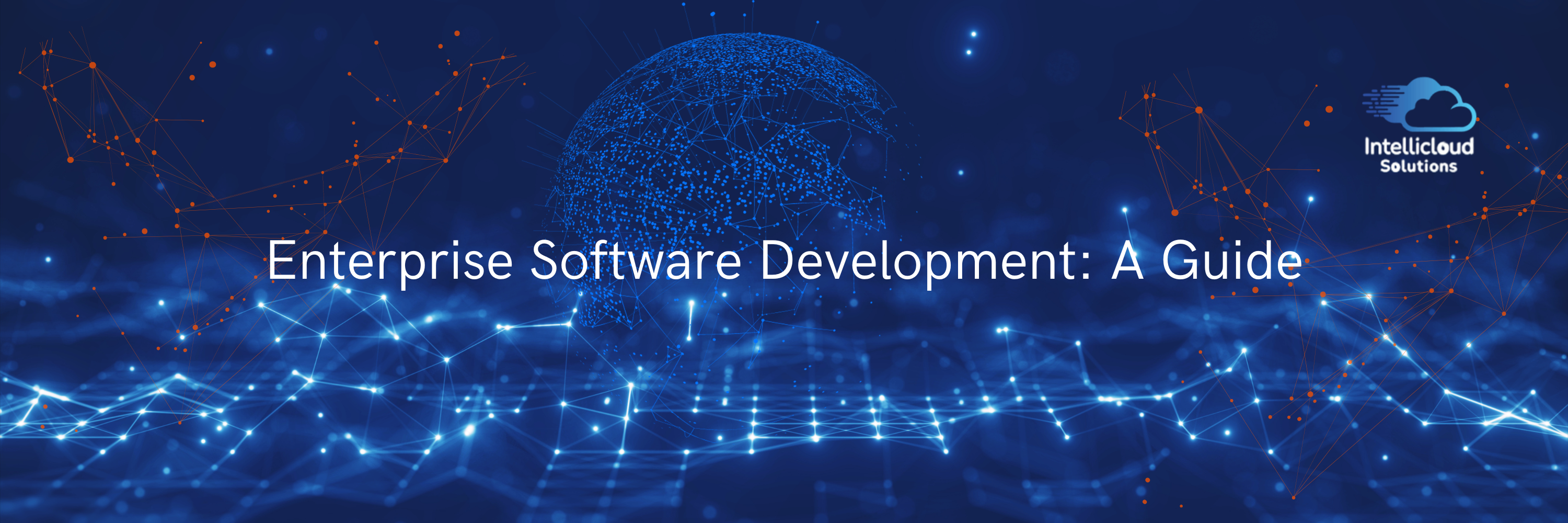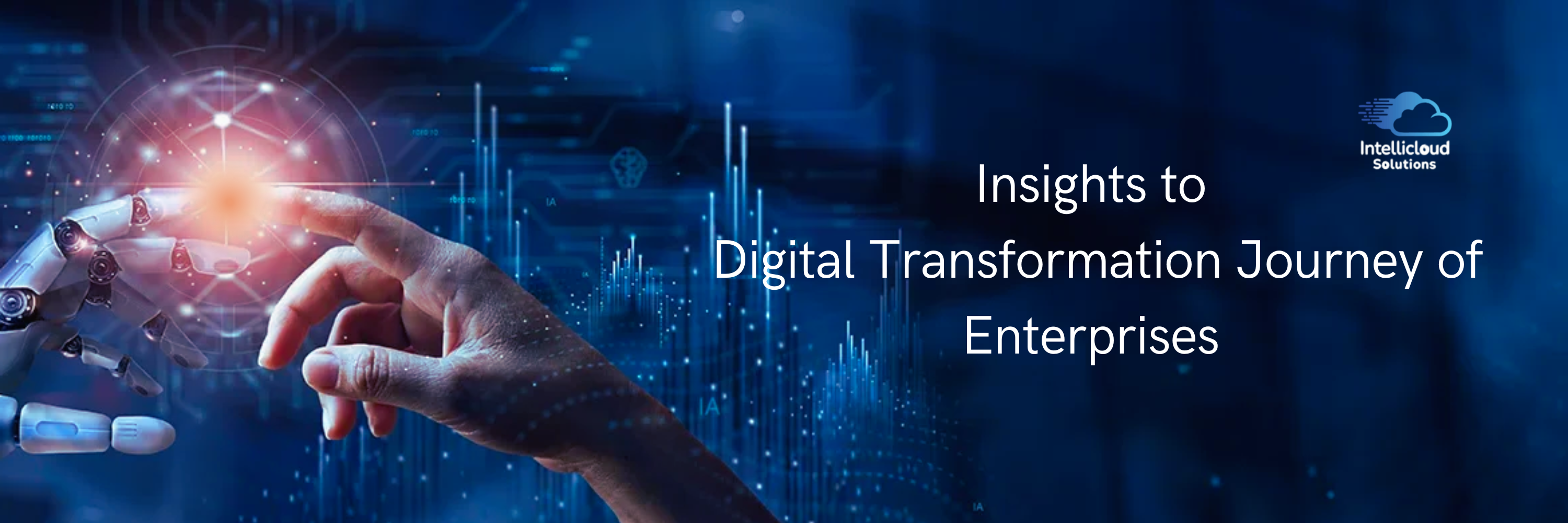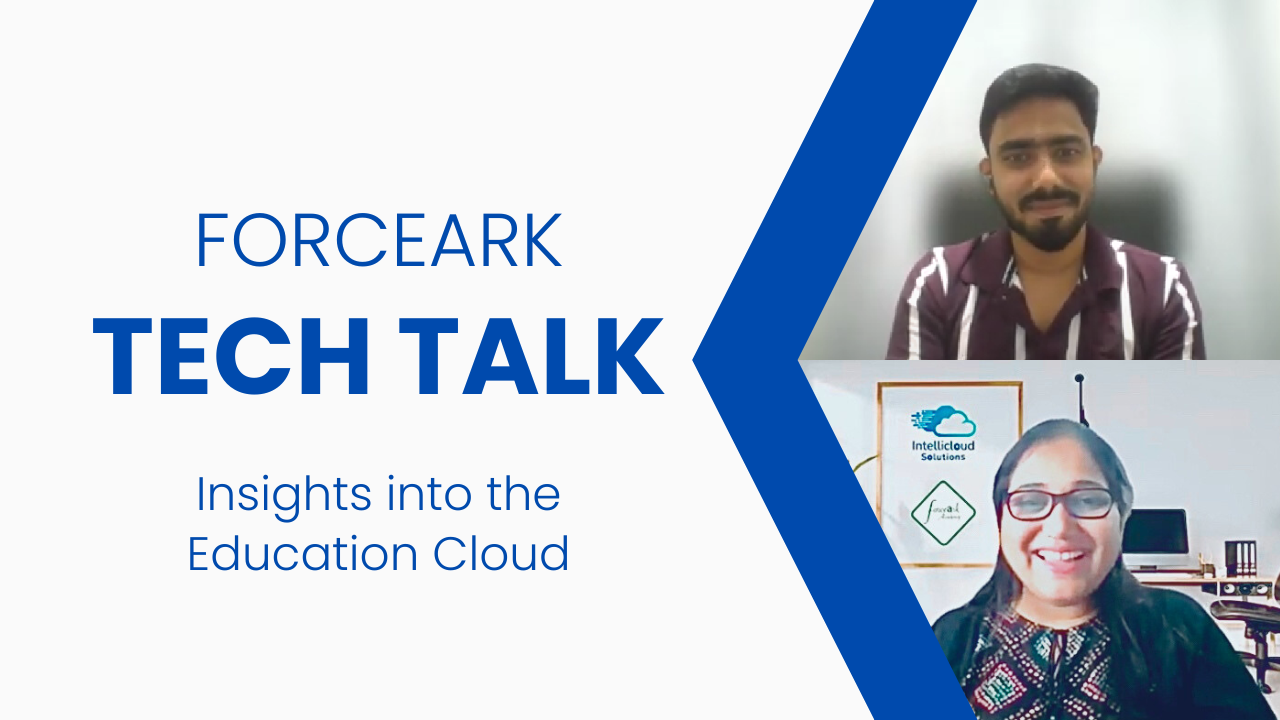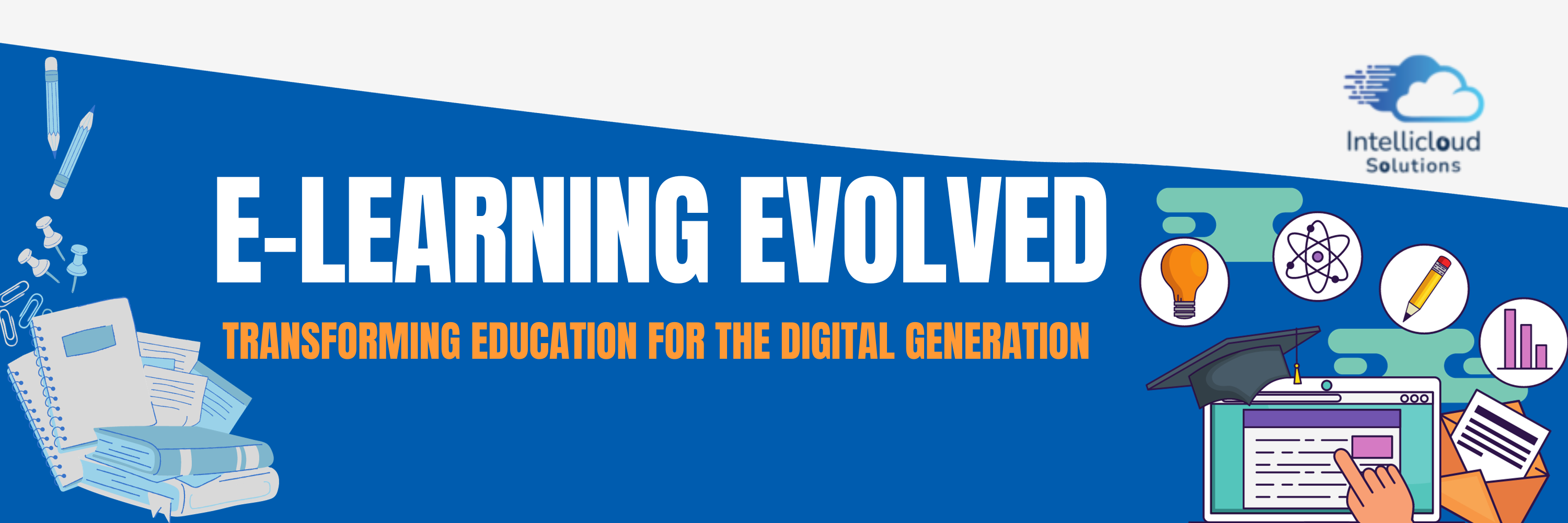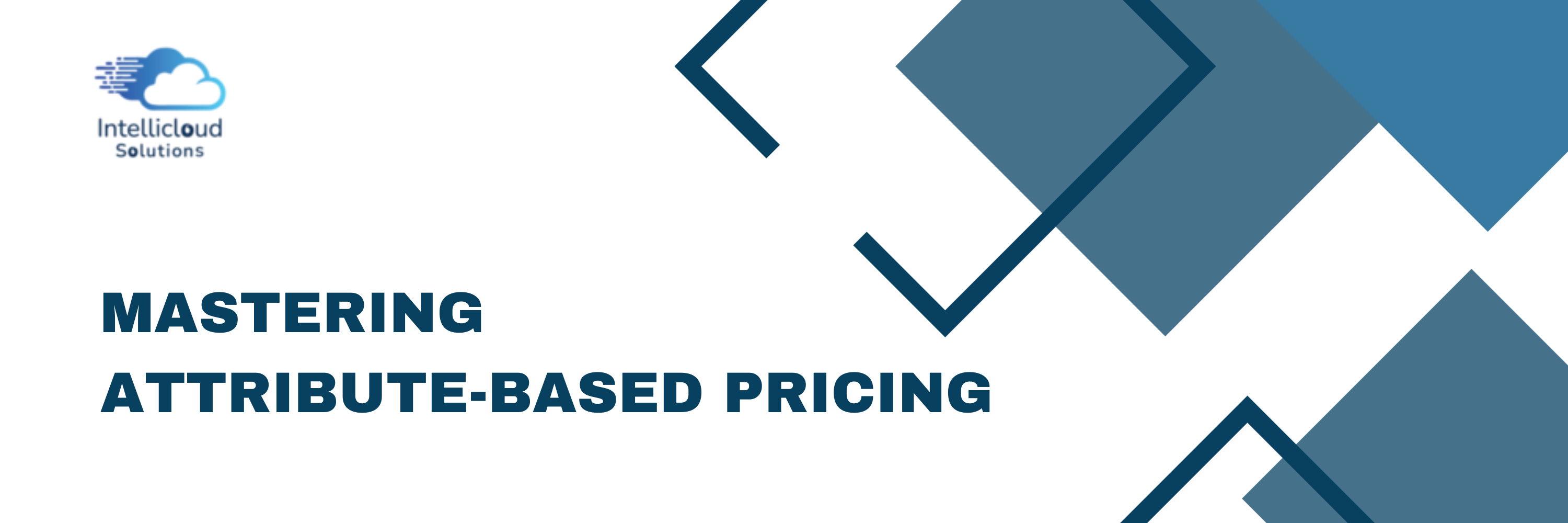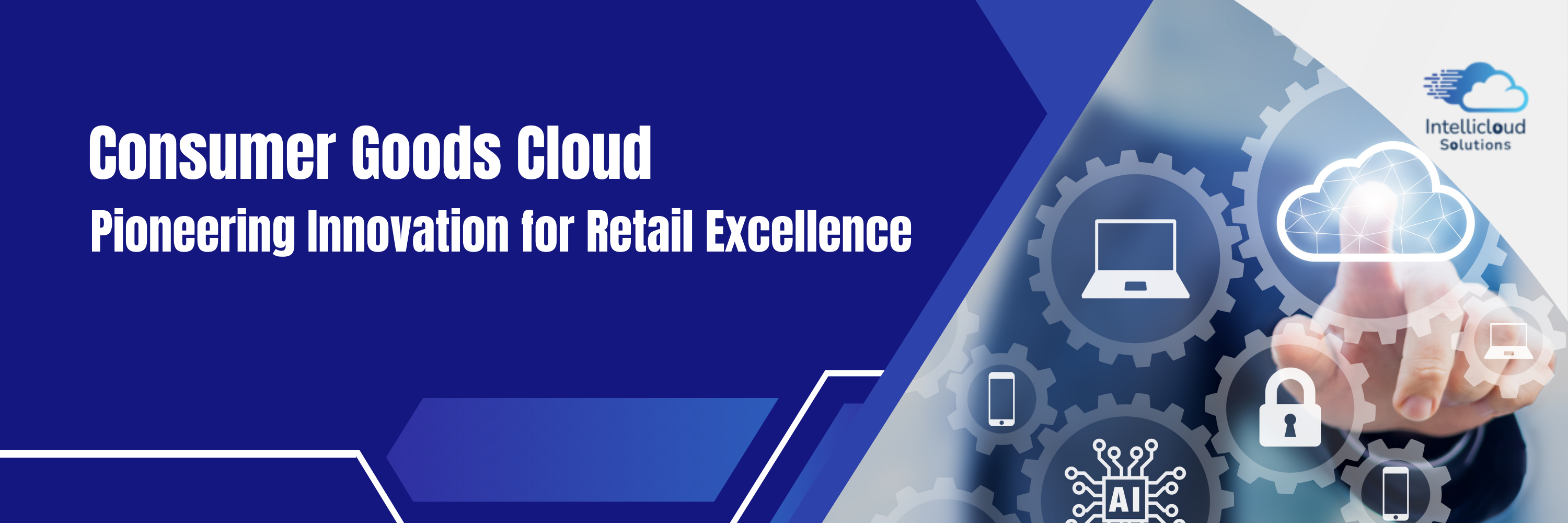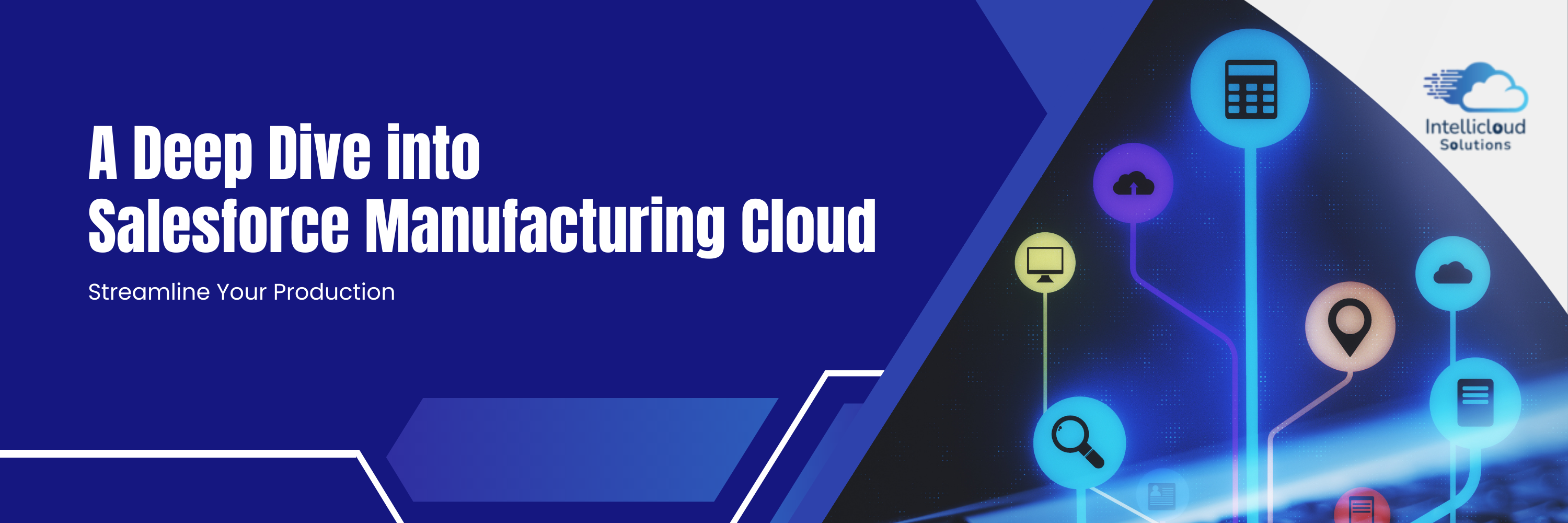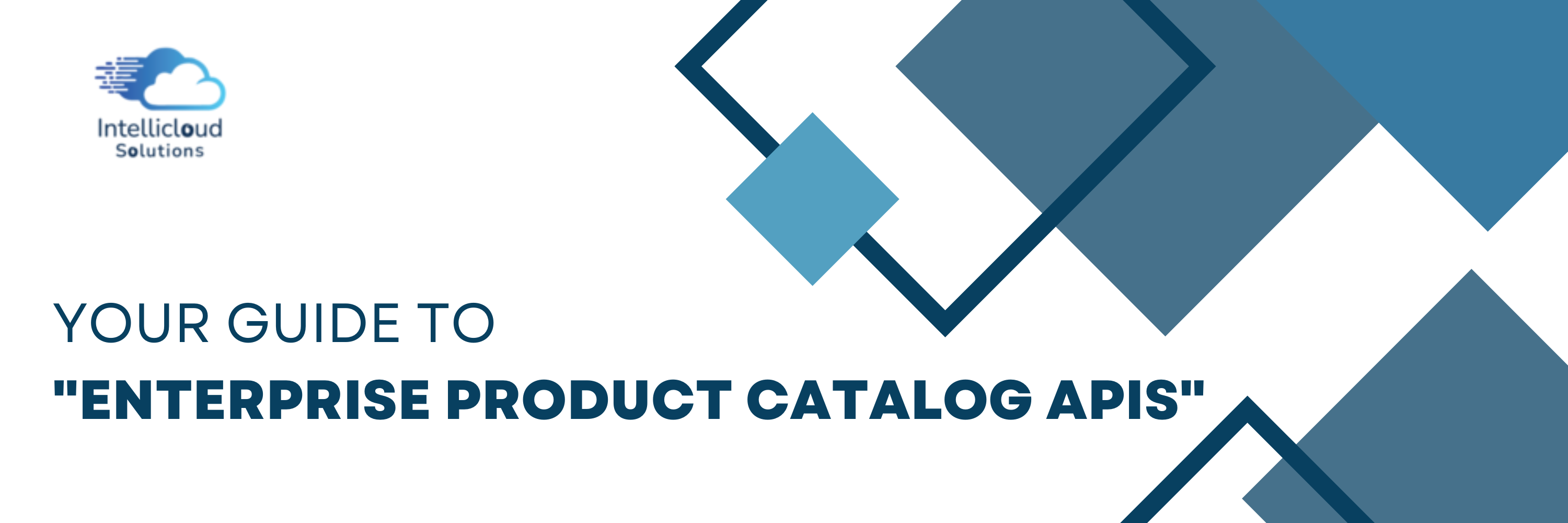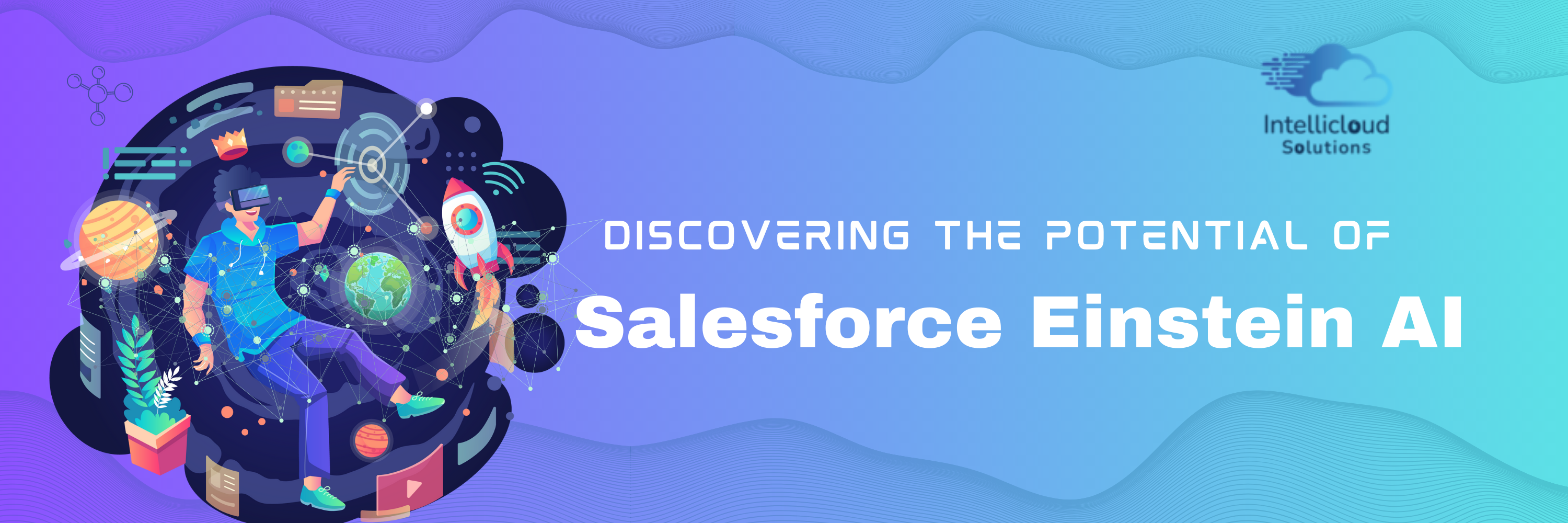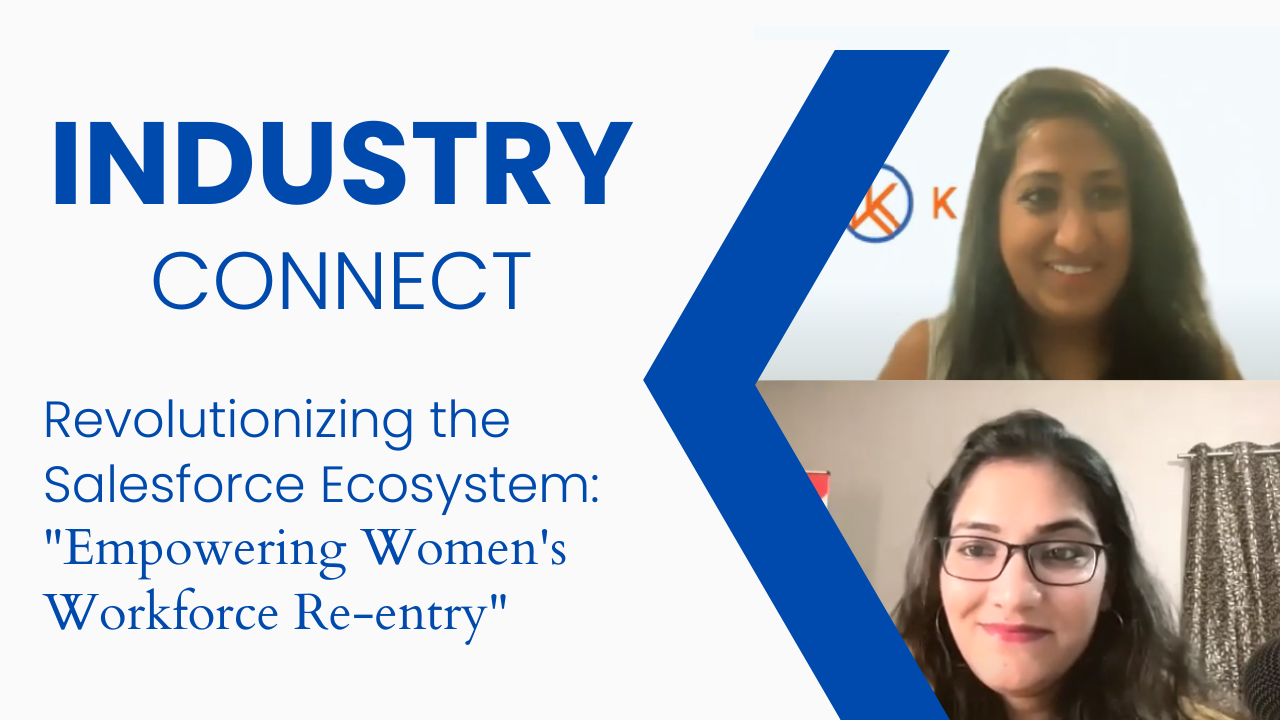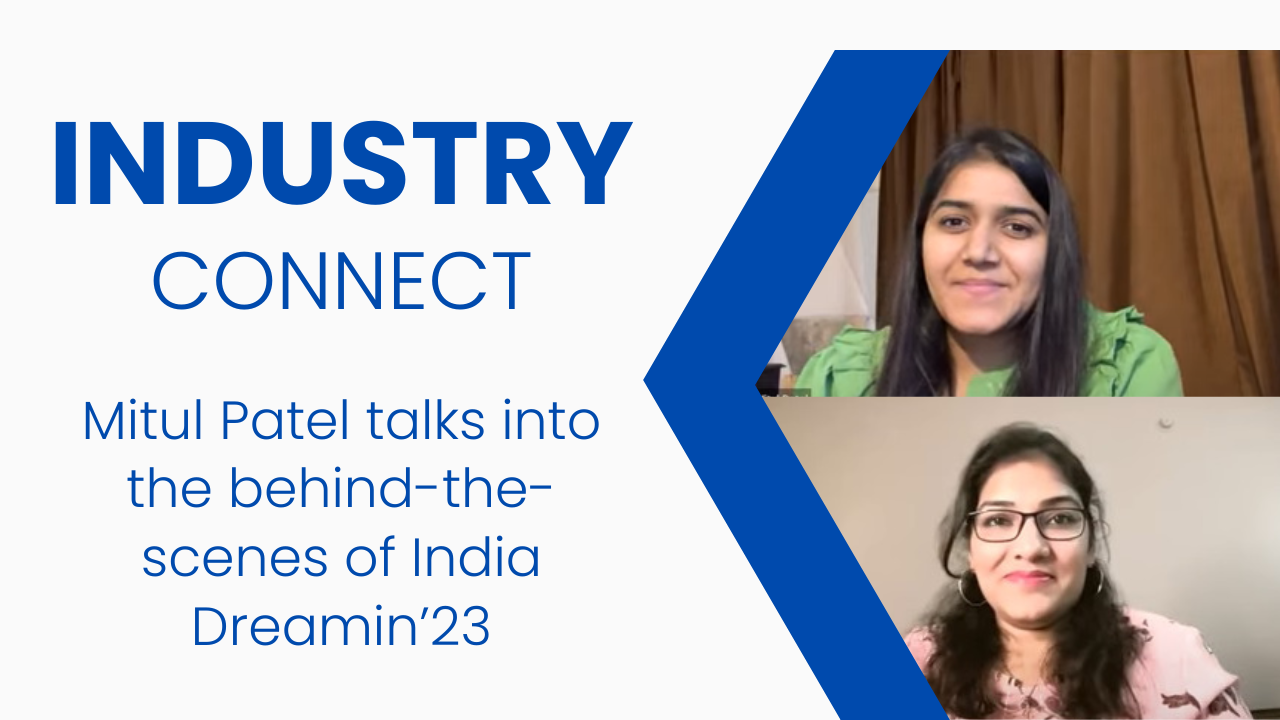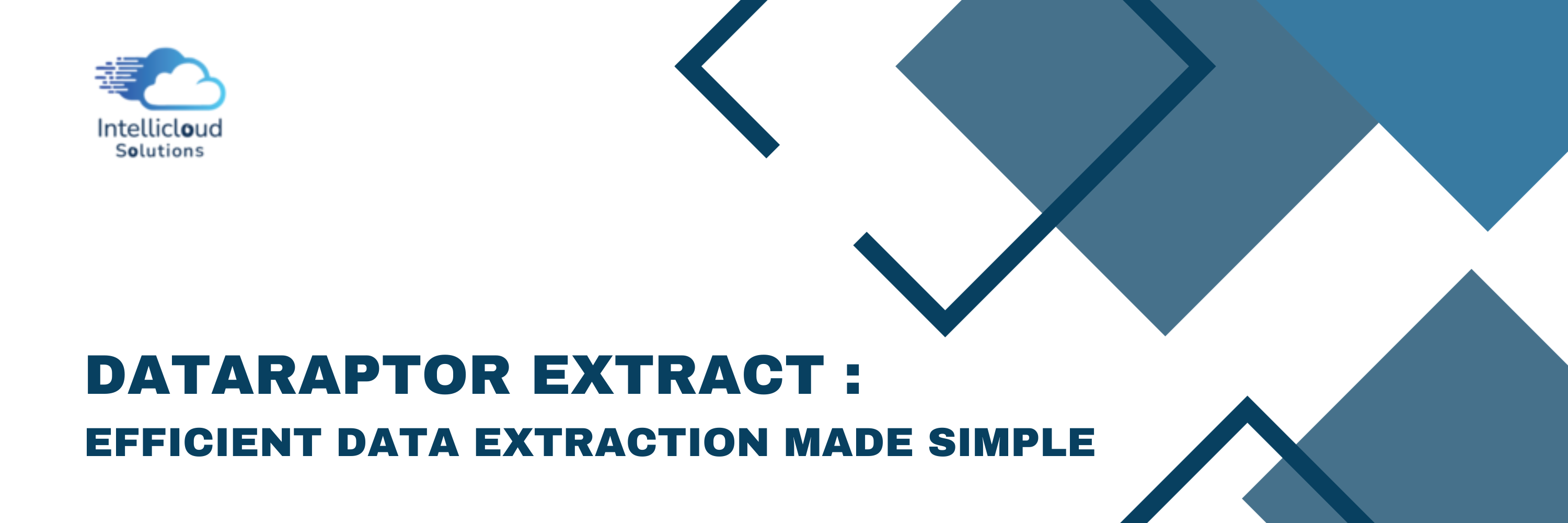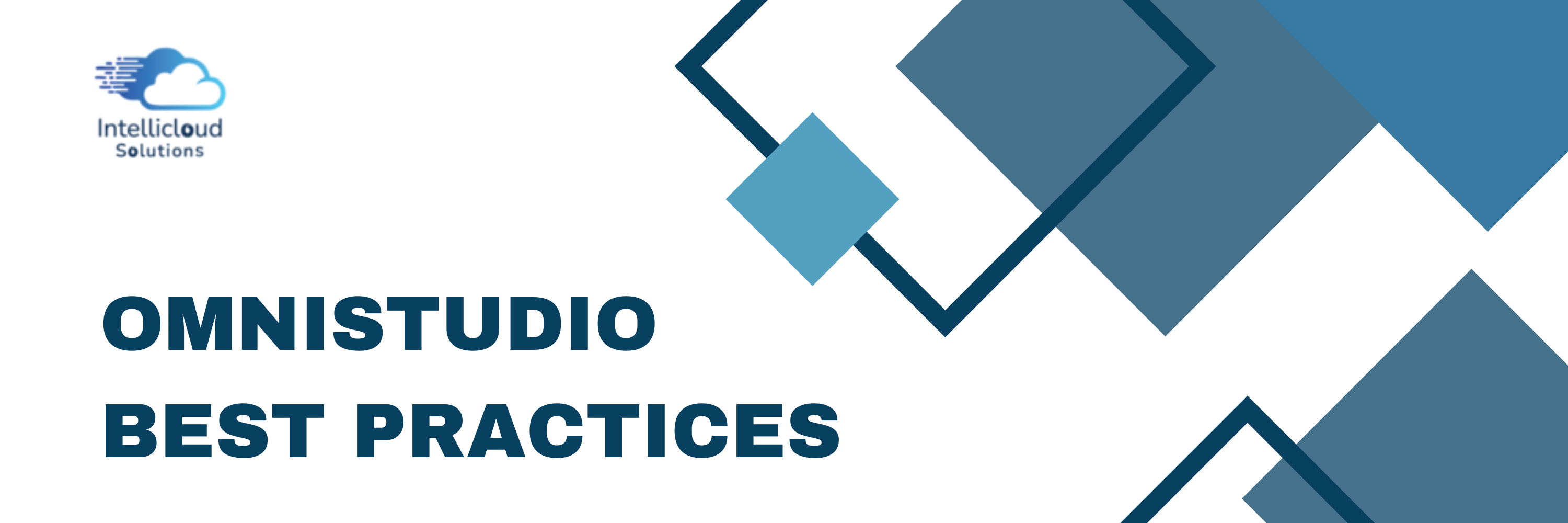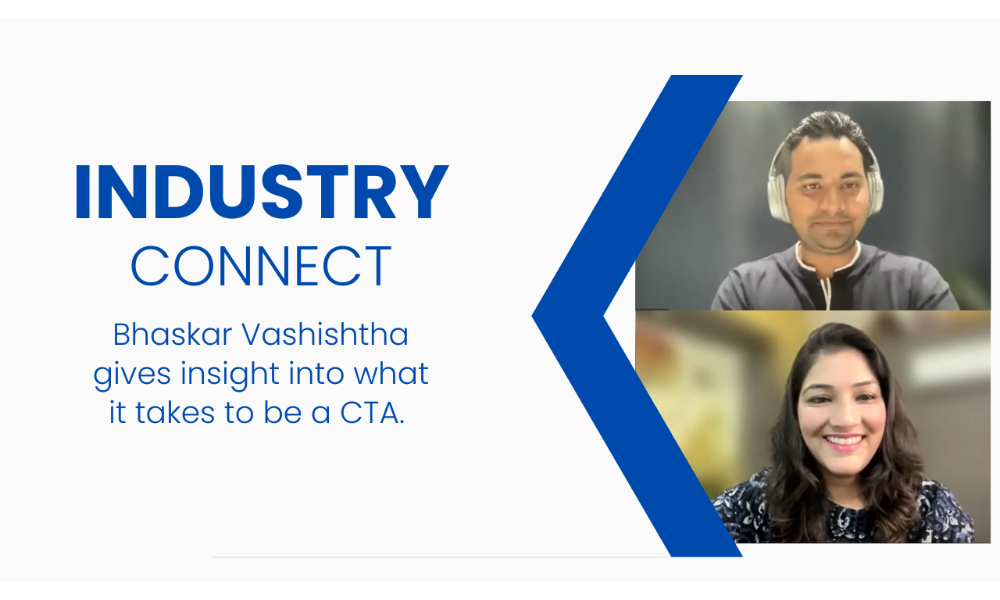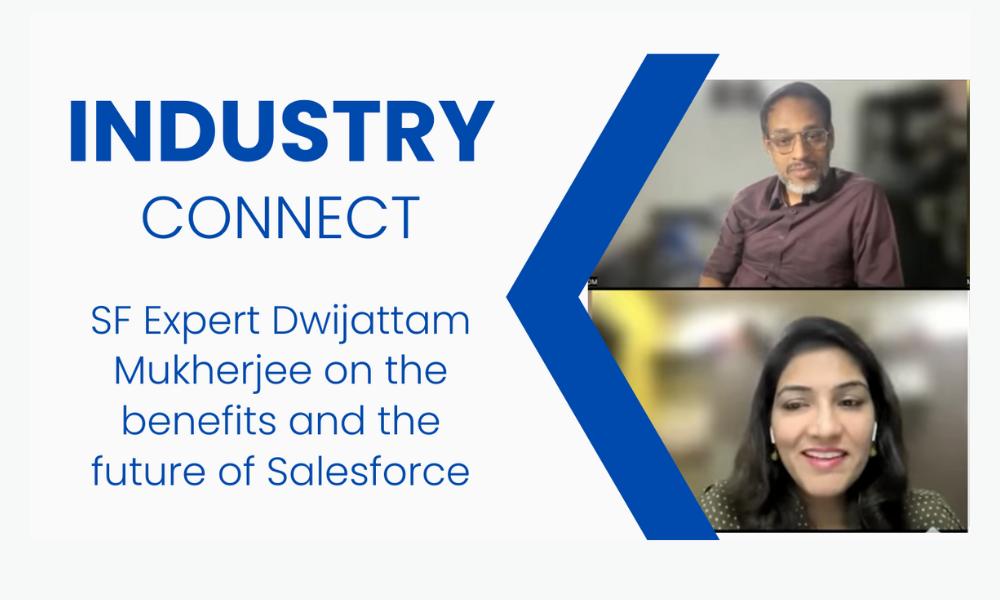Introduction:
On the eve of International Women’s Day, a special Industry Connect was done with Salesforce Women Architects to address the challenges faced by women in balancing career aspirations with family responsibilities, highlighting the societal norms that often lead to women dropping out of the workforce. They emphasised the importance of women rejoining the workforce, citing potential economic growth and the gender pay gap as key factors. Manika, Padmaja, Teena and Sandhya aim to motivate women to return to tech careers by sharing their own journeys and offering support and inspiration.
The Speakers:
Manika Goyal is the founder of Intellicloud Solutions, a consultancy focused on Salesforce Industries, SFMC, and other Salesforce products. She is a Salesforce Industries Architect with over 19 years of industry experience. Manika has extensive expertise in Industries CPQ solutions. She comes with 5+ years of experience in PreSales & Technical SF Estimations. She has been working on Salesforce for over 12 years and Industry CPQ for the past 5 years. Manika leverages her expertise in Salesforce technologies and the power of innovation to help organisations leverage technology to reach their maximum potential.
Padmaja Chaurasia is a Senior Application Architect at IBM. She comes with over 22 years of experience and is also an enterprise architect. She has been working in the Salesforce ecosystem for more than 15 years now. With a background in full stack implementations, she has a lot of coding experience giving her an edge over the others in the architecture arena.
Teena Emmanuel is a Senior Solutions Architect at Cloobees. She comes with about 22-24 years of experience in the IT industry and she is an enterprise architect.
Sandhya Mangrulkar, one of the top 400-500 people in the world to become a Salesforce CTA, is a Senior Manager at Accenture.
Further Insights into the Session:
- How did you navigate your career over two decades in IT, particularly managing challenges like maternity breaks, and what motivated your decision to return to work after those breaks? (5:06)
According to Sandhya, after taking an extended three-month maternity break, she faced the challenge of returning to work at the same level as before. Despite this, she utilised her time wisely during maternity leave by obtaining her architect certification. It's crucial not to let maternity become an obstacle but rather a source of motivation to demonstrate what a mother is capable of achieving.
Padmaja said that during her journey, she faced similar doubts and fears about returning to technology after maternity leave. However, she saw it as an opportunity to explore new areas and obtained her PMP certification during that time. Returning to work, she found herself more mature and capable, able to approach decisions with greater clarity. This experience taught her that taking a break doesn't hinder one's ability to return to technology.
Teena emphasises the importance of financial and social independence, recounting her determination to return to work after maternity leave despite emotional challenges. She shares how she supported her sister's career while caring for her baby, highlighting the significance of setting an example for future generations. Despite facing criticism and balancing family responsibilities, she emphasises the value of maximising productivity and utilising support systems for a successful career journey.
- Have you ever contemplated becoming a stay-at-home mom and quitting your career? If so, what were the reasons behind this consideration, and how did you ultimately decide to make a comeback to your career? (11:15)
Teena said that the idea of becoming a stay-at-home mom crossed her mind, especially during casual conversations about work stress. However, deep down, she felt that staying at home wouldn't fulfil her. Contributing to the world, even in a small way, through her work was always important to her. While she considered quitting due to unsuitable circumstances in past roles, she always had the determination to return to the workforce in some capacity.
Despite facing challenges, such as health issues during her CTA journey, Sandhya’s upbringing instilled a strong work ethic, making quitting never an option. Flexibility in work arrangements, like part-time options, allowed her to manage her responsibilities effectively. This experience highlights the importance of considering part-time work as a viable option while maintaining the goal of returning to full-time employment.
Padmaja acknowledges occasional doubts about work-life balance but finds motivation in her intrinsic drive to work. She opted for remote work to better manage her responsibilities, leading to increased focus and productivity. She advocates for flexible work arrangements, like working from home, which have been instrumental in sustaining her career. While she recognizes the benefits of office collaboration, she values the autonomy and efficiency enabled by remote work, especially with advancements in SaaS technologies.
- How do you perceive the integration of Salesforce, AI, and low-code platforms in facilitating women's career continuity, particularly in minimising breaks or enabling smooth reentry into the workforce? (16:42)
Padmaja states that SaaS platforms like Salesforce offer unprecedented flexibility for remote work, eliminating connectivity concerns with cloud-based accessibility. No-code platforms, especially in Salesforce, streamline application development, enabling rapid setup and deployment, cutting deployment timelines from years to weeks, and showcasing progress to clients in real-time.
- What is your perspective on the significance of diversity and inclusion in the tech industry, and what measures do you believe are crucial for fostering an inclusive environment? (20:09)
Teena claims that the importance of diversity and inclusion in the software industry lies in creating solutions that cater to a diverse population. It's not just about gender diversity, but also about including a variety of perspectives and experiences. Women, for example, bring a natural compassion and thoughtful approach to collaboration, enhancing the efficiency and effectiveness of software development.
- How do you envision women contributing to shaping the future of the tech industry? (21:36)
Teena takes GenerativeAI as an example. Women's involvement in shaping the future of generative AI is crucial due to the inherent biases in these technologies. As these biases need to be addressed effectively, having an inclusive and diverse community is essential. Women can offer unique perspectives and contribute to understanding and mitigating biases. Therefore, staying informed about the latest trends in technology will enhance their capabilities and enable them to make valuable contributions to tech forums and companies.
- Could you share some insights into the challenges you faced on your journey to becoming an architect and offer advice or motivation for other women considering this career path? (23:35)
Sandhya shares that CTA, or Certified Technical Architect, entails solving technical problems like an RFP without internet access and presenting a solution immediately. It requires comprehensive knowledge of Salesforce. Unlike a sprint, it's a marathon, demanding continuous struggle and balance with work and life responsibilities. While some male architects may shut down to focus solely on CTA, women often can't due to social and family obligations. She recommends for female architects to stay connected with technology through consistent effort, even if not pursuing CTA directly. Carving out time daily or weekly, prioritising quality over quantity in family time, and maintaining consistency, resilience, and sincerity can lead to achieving goals.
- How do you perceive the importance of mentoring and networking for women in the technology field, given your involvement in the community? Additionally, what advice would you offer to women seeking to build a network and find mentors in the tech industry? (27:16)
Networking and mentorship have played a pivotal role in Sandhya’s CTA journey, providing invaluable support, motivation, and learning opportunities. Interacting with fellow women leaders and architects has shown her that everyone faces struggles but perseveres. Through networking, she gained diverse perspectives, quick learning opportunities, and increased visibility in the community, which has opened doors to career growth and guidance. Overall, prioritising networking has proven immensely beneficial to her professional development.
- How do you suggest achieving work-life balance in demanding tech roles where time dedication is crucial, especially during escalations or intense work periods? Could you share some tips or strategies for managing work-life balance effectively in such situations? (29:38)
Padmaja says that the key to achieving work-life balance is experience. Initially, she worked long hours, but over time, set boundaries by defining strict working hours and refrained from checking work-related messages outside those hours. Prioritising tasks, setting realistic goals, and engaging in continuous learning were crucial. She learned to unplug regularly, finding time for leisure activities or short breaks to clear her mind. Mindfulness practices like yoga and meditation helped her manage stress and build resilience. Allocating time for self-care is essential for maintaining balance, benefiting both personal and professional life.
Next came the rapid fire round, where everyone was asked four questions to be answered briefly.
Teena’s Rapid Fire Round (35:56) :
- What's your top advice for women coming back to tech careers after a break?
According to Teena it’s the certifications. Organisations should implement "keep in touch" policies to support employees on breaks, offering opportunities for certifications or project discussions to facilitate their return to work.
- Share a memorable mentorship experience.
Teena didn't actively seek out a specific mentor, but found support and guidance throughout her career journey, such as from understanding managers who accommodated her needs during maternity. Encouraging and supporting individuals, especially those facing challenges, fostered her capacity to contribute effectively.
- What is one common misconception about women in tech?
Teena highlights the importance of women advocating for themselves in technical roles, urging them to speak up and seize opportunities even if they feel unsure. She emphasises the need to challenge the perception that women may not excel in technical areas and encourage them to take initiative in pursuing new opportunities.
- How do you stay updated with the Salesforce trends?
Teena points out the abundant learning opportunities provided by Salesforce through resources like trailheads, release notes, and documentation. Despite occasional flaws, these resources offer an excellent chance to learn and carve out a career path within the Salesforce technology ecosystem.
Sandhya’s Rapid Fire Round (39:41) :
- What is your point of view on women managing their own finances and investments?
Sandhya highlights the importance of financial independence for women and how working together with her husband as a team in financial planning enhanced her overall household living standards. She stresses the benefits of having dual incomes for better financial planning, savings, investments, and quality of life, advocating for collaborative and inclusive approaches to financial management within the family.
- What is one essential skill that you think women need to master in technology?
Sandhya mentions women's natural skills such as multitasking, resilience, empathy, and sincerity, emphasising their importance in the workplace. She stresses the need for women to apply these skills to themselves, overcoming self-doubt and mom guilt, and encourages believing in oneself as a key essential skill for success.
- How do you celebrate professional achievements?
Sandhya shares that she plans rewards aligned with her goals to motivate herself. For example, she planned a vacation to Cancun after obtaining her PMP credential and aimed for an SUV after achieving her CTA certification. She believes that such rewards are more special and serve as a gift to herself for her accomplishments.
- What is one thing that women coming back to work must take care of?
Sandhya emphasises the importance of open communication and partnership with one's spouse in managing household responsibilities and career goals. She highlights the mutual support and understanding needed between partners, sharing personal examples of taking turns in family responsibilities during demanding career phases. Ultimately, she advocates for collaboration within the family as a team to enable both partners to pursue their career aspirations while maintaining a balanced household dynamic.
Padmaja’s Rapid Fire Round (45:18) :
- What is a book or a resource that impacted your career?
Padmaja draws inspiration from Indra Nooyi's autobiography, "My Life in Full: Work, Family, and Our Future," mentioning the importance of utilising available resources and seeking support. She talks about her supportive husband and son, who manage well in her absence, underscoring the significance of leveraging support systems to navigate personal and professional challenges effectively.
- How do you handle setbacks or failures in your tech career?
Padmaja says it’s important to accept and acknowledge when facing setbacks or failures, followed by reflection, learning, and resilience to move forward. She stresses the vital lesson of constant adaptation and continuous learning in the rapidly changing landscape of technology to stay ahead and meet evolving client demands and project requirements.
- What advice would you offer to women who are pursuing their tech careers and choose not to take a break, opting to stay continuously engaged in the field?
“Believe in yourself”, responds Padmaja. Speak up, and stand up for yourself. Work not just for the sake of others, but because you believe in your abilities and what you can achieve.
Conclusion:
Manika ends the session with her closing commentary, remarking on how crucial it is to encourage women to return to work and recognize their power in managing homes and workplaces. Follow principles for gender equality in tech companies, including leadership diversity, fair treatment, health and safety measures, education, enterprise development, community initiatives, and progress reporting. Women should believe in themselves, stay in control of their careers, and draw inspiration from technology leaders to keep moving.
Summary:
The following mindmap is a summary of the whole session. If a detailed session is required, please refer to the link given below:

